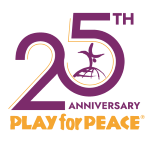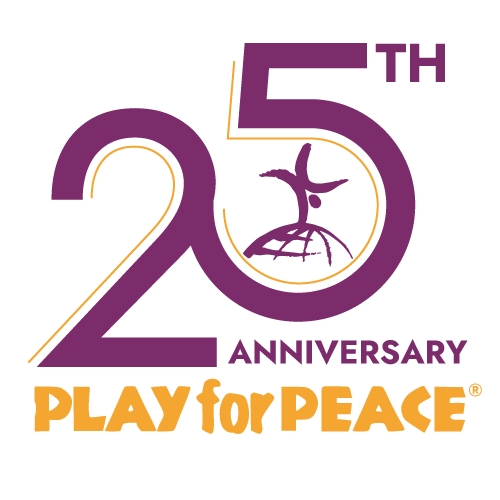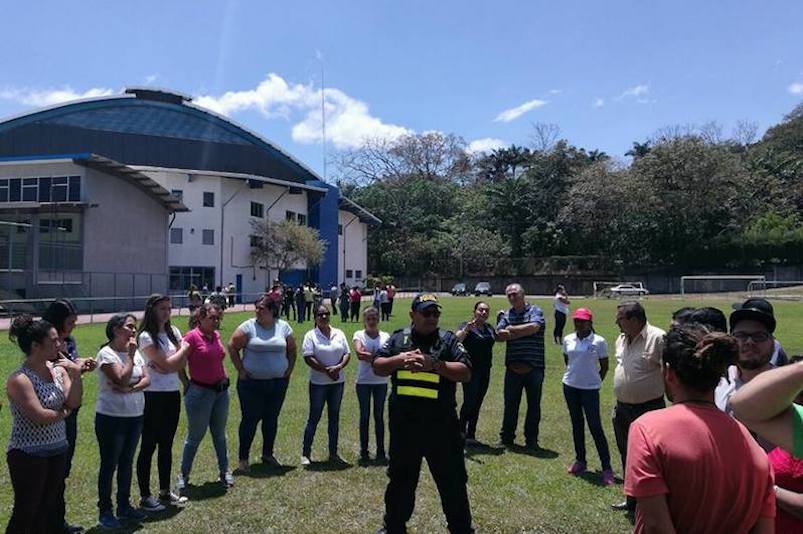Costa Rica is a small country in Central America, famous for its beautiful beaches and incredible nature. It is also one of the few countries in the world without an army—the government has invested public money in education and social services rather than defense. This differentiates Costa Rica from its conflict-stricken Central American neighbors who suffer from high levels of violence, drug trafficking, and corruption.
However, Costa Rica is not without conflict. With five million inhabitants, Costa Rica has the largest migrant population in Central America, making up nine percent of the total population. Most immigrants who flee to Costa Rica have escaped poverty and political instability in Nicaragua. They come searching work, mainly in sectors such as agriculture, construction, tourism, and domestic services. Unfortunately, these immigrants often face racism and exploitation, and many areas with a high immigrant population have less access to public services. One of these areas is La Carpio, the largest slum in Costa Rica located near the capital of San José. A huge contrast from the beautiful, peaceful Costa Rica seen in glossy tourist brochures, the area has a high level of crime, low quality housing, and has less work opportunities for incoming Nicaraguan immigrants.
Community Impact
Play for Peace opened a club in La Carpio, Costa Rica, in early 2018 as a response to the many challenges faced in the area—especially by young second or third generation immigrants from Nicaragua. Driven by Play for Peace volunteers Fernando and Diego, who were exposed to Play for Peace while volunteering in the Skaramangas refugee camp in Athens, Greece, the club opened in La Carpio’s SIFAIS community center. Reaching 20–30 children each weekend, regular practice peace sessions focus on non-violent communication and community development and make Play for Peace a constant and impactful program in the community.
Certified trainer A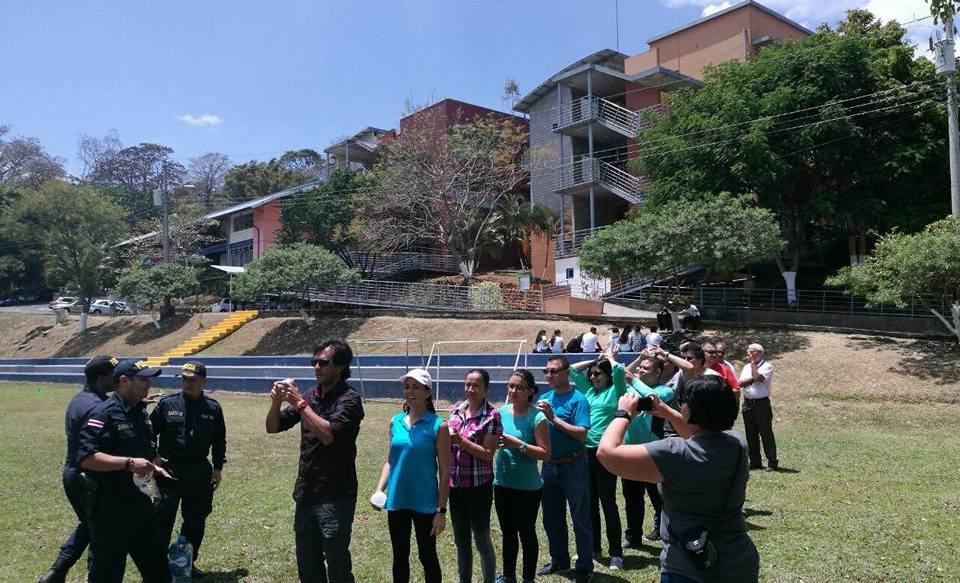 ndrés Armas and Play for Peace Executive Director Sarah Gough trained the Play for Peace facilitators there, including David, a local police officer and a regular volunteer at the community center. A few weeks before the Play for Peace training took place, local police were forced to use tear gas in a San José community at social risk. They attempted to capture drug dealers in the area, and the intervention affected civilians and schools in the community. Afterwards, David and his coworkers felt the necessity to bring the community back together and rebuild trust in the local police force. They used Play for Peace methodology and cooperative games to work with the local community, creating a newfound sense of unity and helping them to experience happiness and joy.
ndrés Armas and Play for Peace Executive Director Sarah Gough trained the Play for Peace facilitators there, including David, a local police officer and a regular volunteer at the community center. A few weeks before the Play for Peace training took place, local police were forced to use tear gas in a San José community at social risk. They attempted to capture drug dealers in the area, and the intervention affected civilians and schools in the community. Afterwards, David and his coworkers felt the necessity to bring the community back together and rebuild trust in the local police force. They used Play for Peace methodology and cooperative games to work with the local community, creating a newfound sense of unity and helping them to experience happiness and joy.
World Peace Day Celebration in Times of Civil Unrest
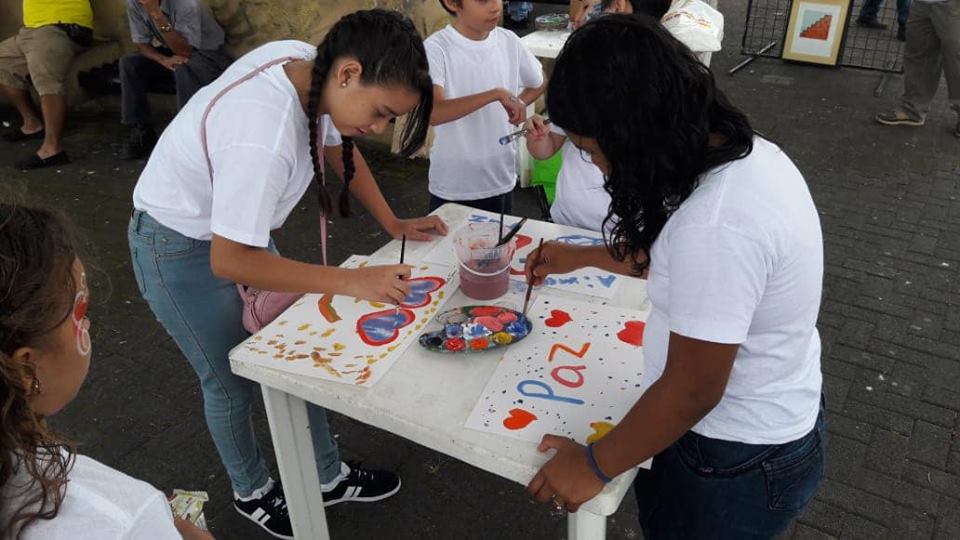 As a response to social reforms created by newly elected president Carlos Alvarado, Costa Rica has been experiencing strikes and heavy protests by public workers for several weeks. In an attempt to stabilize public finances, the president announced a reform that would cut benefits to public workers, as well as luxury pensions, and a tax reform that would affect mainly higher incomes. These changes spurred protests—some violent—that have been dominating the local news.
As a response to social reforms created by newly elected president Carlos Alvarado, Costa Rica has been experiencing strikes and heavy protests by public workers for several weeks. In an attempt to stabilize public finances, the president announced a reform that would cut benefits to public workers, as well as luxury pensions, and a tax reform that would affect mainly higher incomes. These changes spurred protests—some violent—that have been dominating the local news.
In the midst of it all, the Play for Peace club in La Carpio participated in a large celebration of World Peace Day, which was promoted by several organizations and partners. The celebration included practice peace sessions with local schools and communities in San José in cooperation with police officers, as well as a march for peace. While most of the local media’s focus had been on the protests, the event became so large that TV, radio, and newspapers covered the celebration—a testament to the importance of our work in Costa Rica.
Congratulations to all of the Play for Peace volunteers who consistently work in and bring stability to at-risk communities, and who participate in initiatives that reduce conflict and violence and create laughter, compassion, and peace.
